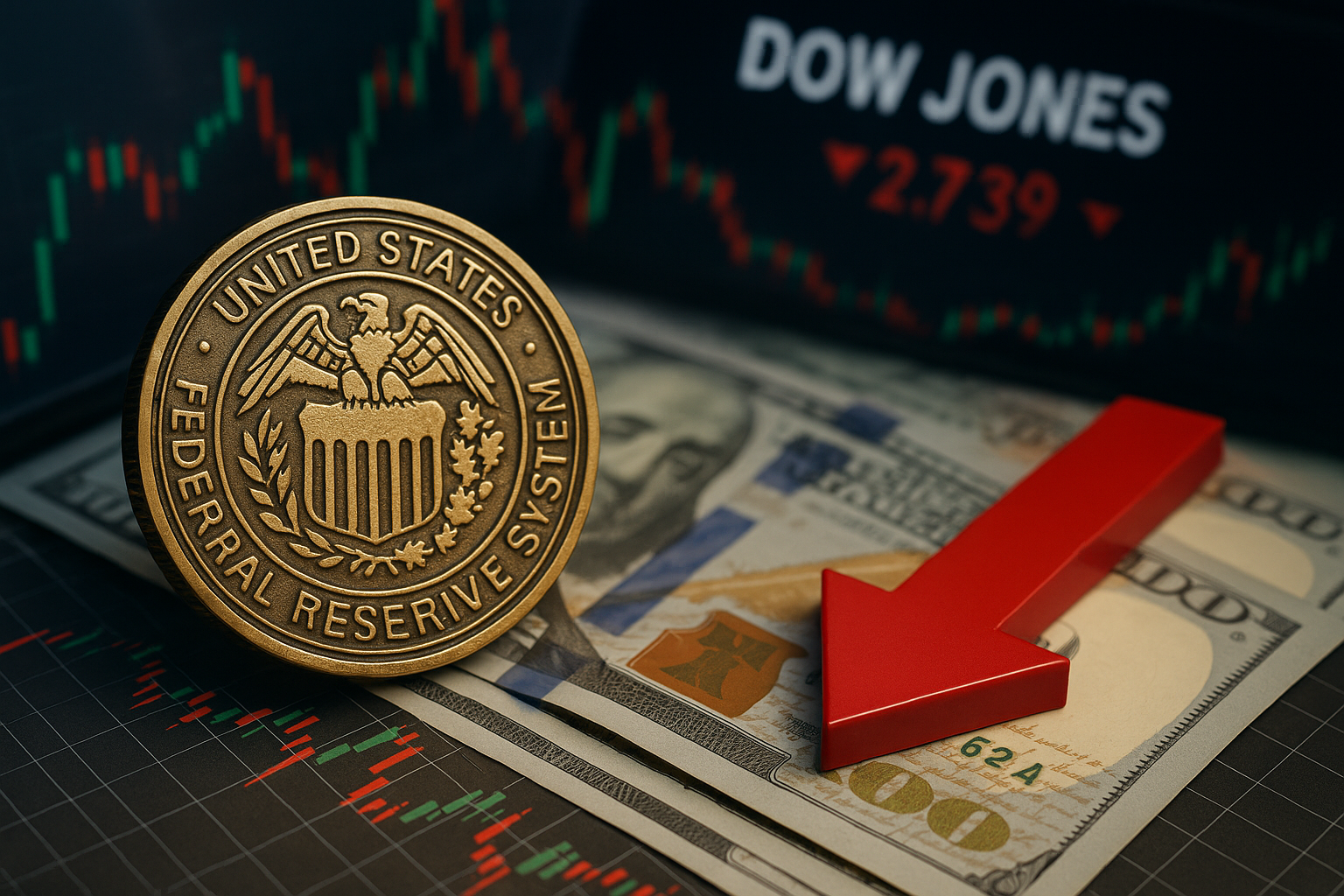Wall Street is buzzing as the S&P 500 and Nasdaq notched record closing highs this week, a move fueled by cooler-than-expected wholesale inflation data and stronger-than-anticipated corporate guidance from Oracle. For investors, the rally represents both renewed optimism and a subtle reminder of the market’s precarious balance between growth expectations and macroeconomic risks.
Market Momentum Driven by Inflation Relief
The U.S. Producer Price Index (PPI) came in softer than analysts projected, signaling that inflationary pressures in the supply chain are easing. According to the U.S. Labor Department, wholesale prices rose modestly in August, sparking investor hopes that the Federal Reserve may soon shift toward a rate-cutting cycle. Such optimism pushed benchmark indices higher: the S&P 500 reached new all-time highs, while the tech-heavy Nasdaq surged in response to renewed investor appetite for growth stocks.
Markets also drew strength from Oracle’s robust earnings guidance, which reaffirmed the technology sector’s pivotal role in fueling investor enthusiasm. Analysts cited Oracle’s AI-driven cloud offerings as a major catalyst for its bullish outlook, which rippled across broader tech equities.
Why This Matters for Investors
At a time when global markets are on edge about the direction of monetary policy, the latest inflation data provides relief and reinforces hopes for a “soft landing” scenario. For equity investors, this environment supports higher valuations—particularly for technology and AI-related companies that thrive when borrowing costs are stable or declining.
However, optimism comes with a caveat. The Federal Reserve has not yet confirmed when rate cuts might begin, and unexpected inflation spikes could quickly dampen current market enthusiasm. According to analysts cited by Investopedia and The Times of India, while investor sentiment has improved, risks of policy missteps or hotter-than-expected economic data remain significant.
Sectors Poised to Benefit
- Technology & AI: Oracle’s results reaffirm that AI-driven companies remain strong outperformers. With Big Tech continuing to guide market sentiment, this sector remains central to investor strategies.
- Consumer Discretionary: Lower wholesale inflation may ease pressure on corporate margins, potentially improving profitability in consumer-facing industries.
- Defensive Assets: With valuations stretched, investors are still hedging positions through defensive sectors such as utilities, healthcare, and commodities like gold.
Future Trends to Watch
- Federal Reserve Policy Signals: Markets are pricing in at least one rate cut in the coming months, but any hawkish commentary from the Fed could reverse optimism quickly.
- Corporate Earnings Season: Upcoming Q3 earnings will be a critical test of whether companies can deliver results strong enough to justify elevated valuations.
- Global Economic Outlook: With China’s economy showing signs of renewed stimulus measures, international demand could also bolster U.S. corporate revenues.
Key Investment Insight
While the rally in U.S. equities underscores the resilience of the market, investors should approach with balanced optimism. Growth-focused equities, particularly in tech and AI, remain attractive in this environment, but diversification into defensive sectors or safe-haven assets like gold can provide a cushion against unexpected volatility. Strategic allocation—rather than chasing highs—is likely the smarter move as macro uncertainties persist.
For daily updates, actionable insights, and credible analysis on global markets, stay connected with MoneyNews.Today—your trusted partner in navigating today’s dynamic investment landscape.





